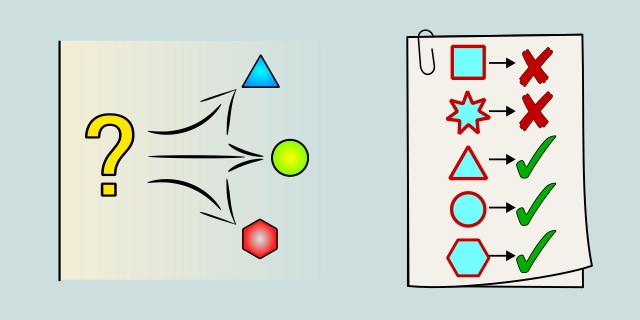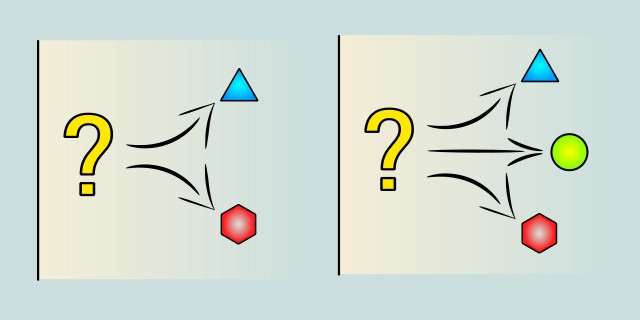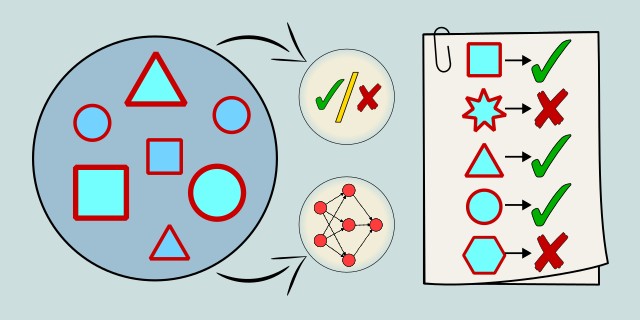Classification
Classification is a type of supervised learning where the model learns to assign labels to instances based on their features. It is used when the output variable is categorical, meaning it can take on a limited number of values, such as 'spam' or 'not spam', 'cat' or 'dog', etc.

Can each data instance belong to more than one category?
Should your model assign one label per input, or can an input belong to multiple categories at once?
Tips:
- If each instance should be assigned to exactly one category, choose Single-Label Classification.
- If each instance can belong to multiple categories at the same time, choose Multi-Label Classification.
Single-Label Classification

Single-label classification is a type of classification task where each instance in the dataset is assigned to one and only one class label. This is in contrast to multi-label classification, where instances can belong to multiple classes simultaneously.
Single-label classification is a type of supervised learning where each data instance is assigned exactly one label from a set of possible categories. This is the most common form of classification and is widely used when classes are mutually exclusive. The goal is to build a model that can accurately predict the correct class for new, unseen data points. Algorithms for single-label classification include logistic regression, support vector machines, and decision trees. This approach is straightforward to interpret and evaluate, making it suitable for many practical applications such as spam detection and image recognition.
Use Case Examples:
- Spam Email Detection: Classifying emails as spam or not based on labeled email data.
- Digit Recognition: Identifying handwritten digits (0-9) from images.
- Customer Churn Prediction: Predicting if a customer will leave or stay.
- Disease Diagnosis: Diagnosing a single disease based on symptoms and tests.
- Sentiment Analysis: Categorizing text as positive, negative, or neutral sentiment.
Multi-Label Classification

Multi-label classification is a type of classification task where each instance can be assigned multiple labels simultaneously. This is different from single-label classification, where each instance is assigned only one label.
Multi-label classification is a supervised learning task where each instance can be assigned multiple labels simultaneously. Unlike single-label classification, where each data point belongs to one exclusive category, multi-label problems involve overlapping classes. This makes the problem more complex and requires specialized algorithms like neural networks with multiple outputs or binary relevance methods. Multi-label classification is useful in scenarios where data points naturally belong to multiple categories at once, such as tagging images or recommending products. Handling label correlations and dependencies is an important aspect of these models.
Use Case Examples:
- Image Tagging: Assigning multiple tags like “beach”, “sunset”, and “vacation” to a single photo.
- Music Genre Classification: Categorizing a song into multiple genres like “rock” and “blues".
- Text Categorization: Labeling news articles with multiple topics such as “politics”, “economy”, and “health”.
- Medical Diagnosis: Diagnosing patients with multiple concurrent conditions.
- Movie Recommendation: Suggesting several genres or themes relevant to a user’s preferences.
Feedback & Sharing
Give us your thoughts on this page, or share it with others who may find it useful.
Feedback
Found this helpful? Let me know what you think or suggest improvements 👉 Contact me.